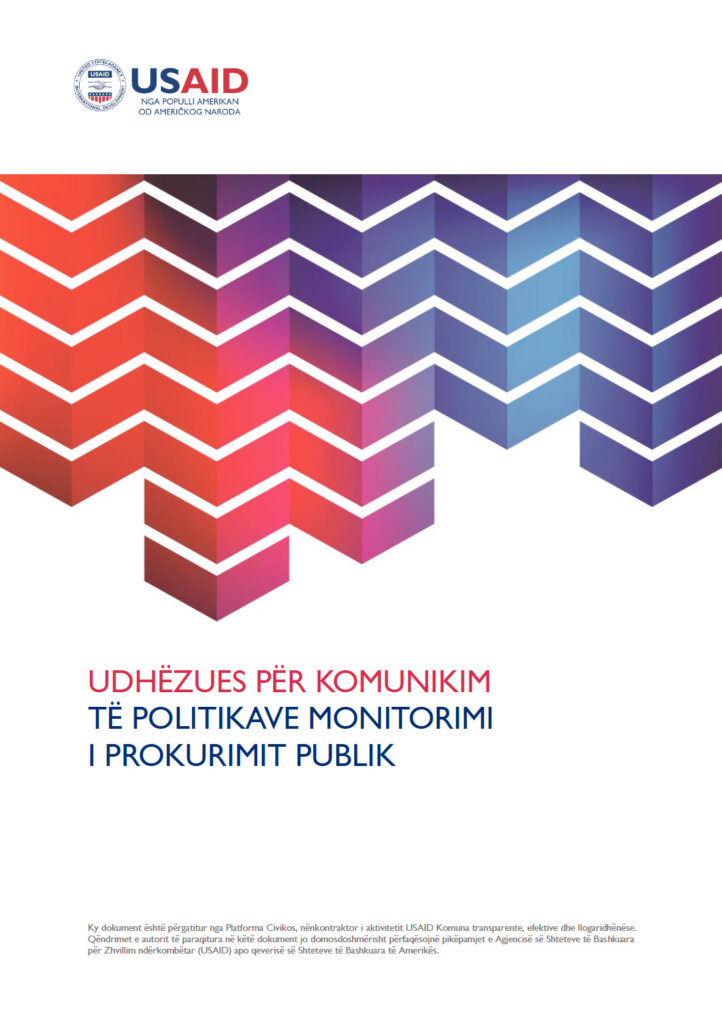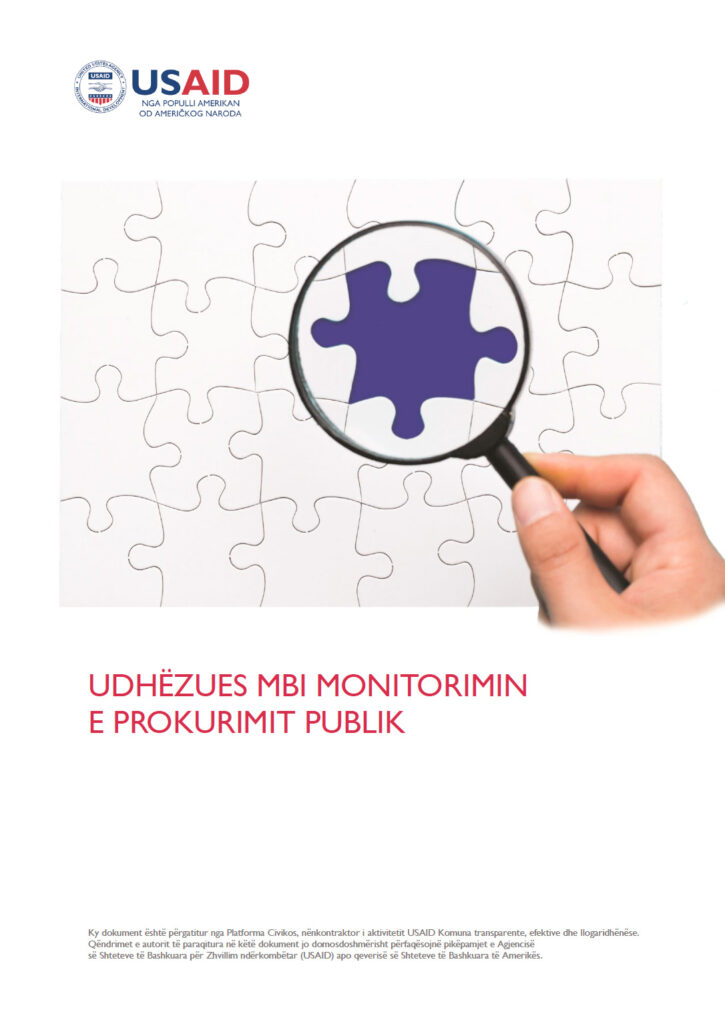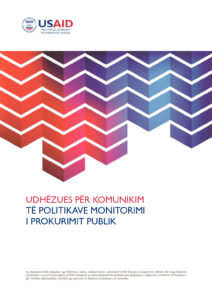

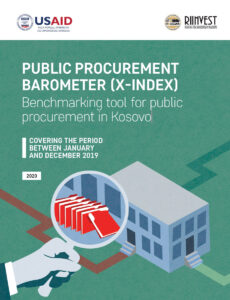
This study presents the findings of the x-index – a public procurement benchmarking tool – which measures and evaluates the performance of municipalities in public procurement and compares it with best practices. The findings are grouped into three categories, based on the size of the municipalities to provide an objective representation. x-index is based on a statistical model containing 9 sub-indexes, each of which assesses several dimensions of public procurement, and which jointly focus on the areas of transparency, competition, and efficiency. The x-index includes all 38 municipalities of Kosovo and covers their procurement activities in the period January- December 2019, consisting of 2,770 contract award notices, in total worth over €264 million. The index is constructed based on objective criteria. Data for the construction of the index were obtained from the official e-procurement platform and other official statistics. The overall x-index and the 9 sub-indexes of 2019 are compared with those of 2018.
Public Procurement Barometer (X-index) Benchmarking tool for public procurement in Kosovo
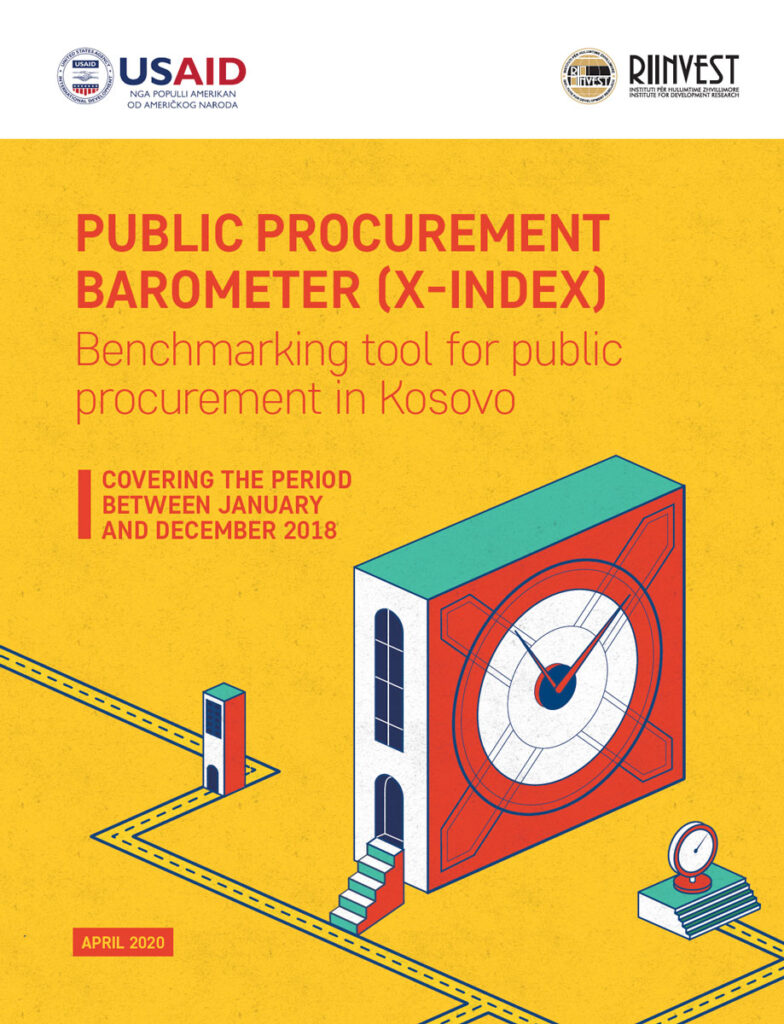
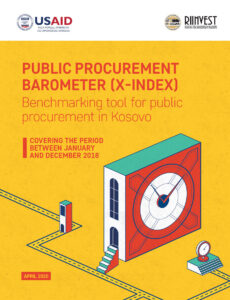
This study presents the findings of the x-index – a public procurement benchmarking tool – which measures and evaluates the performance of municipalities in public procurement and compares it with best practices. The findings are grouped into three categories, based on the size of the municipalities to provide an objective representation. x-index is based on a statistical model containing 9 sub-indexes, each of which assesses several dimensions of public procurement, and which jointly focus on the areas of transparency, competition, and efficiency. The x-index includes all 38 municipalities of Kosovo and covers their procurement activities in the period January- December 2018, consisting of 2649 contract award notices, in total worth over €179 million. The index is constructed based on objective criteria. Data for the construction of the index were obtained from the official e-procurement platform and other official statistics.
Public Procurement Barometer (X-INDEX) Benchmarking tool for public procurement in Kosovo

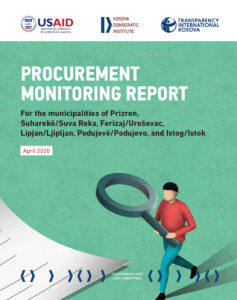
Public procurement accounts for 40% of budget spending in Kosovo. This process, among the most talked about sectors of public administration, refers to the acquisition of goods, services and works by governments at the local and central level, and public enterprises. Numerous reports of misuse and mismanagement of public funds
make this matter of utmost importance to the public, as well as to the country’s governing structures and the donor community. Despite these problems in the procurement process leading to the sector being closely monitored at the central level, this has resulted in poorer oversight at the local level.
Procurement Monitoring Report For The Municipalities Of Prizren, Suharekë/suva Reka, Ferizaj/uroševac, Lipjan/ljipljan, Podujevë/podujevo, And Istog/istok


A procurement planning is a plan developed by a municipality which translates expenditure approved by the budget for the coming year into a categorization of procurement activities, including the dates foreseen for conducting these procurements and the estimated prices. These plans will, in addition to assisting municipalities with internal preparation and coordination between the involved stakeholders, assist central authorities with identifying joint procurements,1 and also assist businesses in planning and preparing their bids. With the purpose of analyzing the procurement planning process, and its compliance to legal requirements, the Coalition of Non-Governmental Organizations (NGOs), consisting of the Youth
Association for Human Rights (YAHR), Institute for Sustainability and Development of Youth (ISDY), Syri i Vizionit, Ekovizioni (EV), and the Kosovo Democratic Institute (KDI), monitored this process in six Kosovo municipalities. This undertaking is implemented under USAID’s activity Transparent, Effective and Accountable Municipalities, which aims to improve public financial management, upgrade quality of services for citizens and reduce corruption risks through active monitoring of all procurement phases. Moreover, the purpose of this project is to empower citizens to hold to account, and partner with, local governments in matters related to public funds spending. This report covers the process and analyzes procurement
plannings for the municipalities of Prizren, Suhareka/ Suva Reka, Ferizaj/Uroše
The Process Of Developing Municipal Procurement Planning In Kosovo 2019

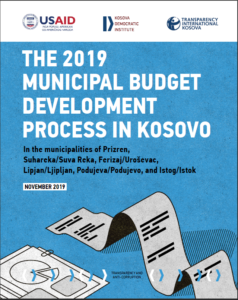
Municipal budgeting is the basic process that allows municipalities
to attain many goals in their course of action. The process of formulating a budget plan is one of the main activities of any municipality for the upcoming year aiming to meet developmental needs along with the needs of citizens. A sustainable budget plan should include long-term prospects. Additionally, considering that municipal budgets are limited, municipalities should establish a tie-in between the overall objectives of the institution to better allocate resources to achieve their objectives. The municipal budget should include and promote effective communication with stakeholders such as municipal employees, businesses, citizens, sports and cultural activists, the Mayor, Municipal Assembly members, etc. In addition to the obligations to citizens, defined by the Law on Public Financial
Management and Law on Local Self-Government, municipalities are also bound to adhere to the requirements of the Law on Gender Equality. Public participation in government decision-making is considered part of the definition of democracy. Ultimately, citizen participation helps local governments make better decisions (Creighton, 2005).
The 2019 Municipal Budget Development Process In Kosovo

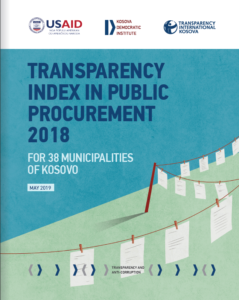 In 2018, Kosovo witnessed significant progress in the transparency of public procurement at both the central and local levels of government. The technical and political challenges which prevented local governments from fully delivering on transparency in 2017, such as the functionalization of new municipal websites and completion of local elections, were finally addressed.
In 2018, Kosovo witnessed significant progress in the transparency of public procurement at both the central and local levels of government. The technical and political challenges which prevented local governments from fully delivering on transparency in 2017, such as the functionalization of new municipal websites and completion of local elections, were finally addressed.
Transparency Index In Public Procurement 2018

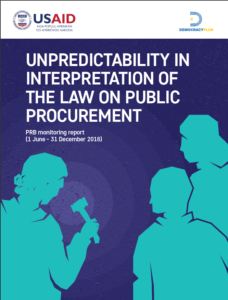
This report looks into the PRB decisions and practices to assess the effectiveness of this institution and, above all, to see how impartial PRB is in administering justice to the parties. The period monitored for this report is 1 June – 31 December 2018, 479 decisions analyses and compared. The findings of the report indicate a lack of consistency in a number of PRB decisions that contradict previous ones. D+ has continuously highlighted the need for greater standardization of PRB decisions, in order for decisions to be reasonably predictable by parties, as a result of previous precedents. The PRB does not seem to have a methodology of referring to previous decisions, when handling complaints. Such practice could have led to a lower number of inconsistent decisions.

